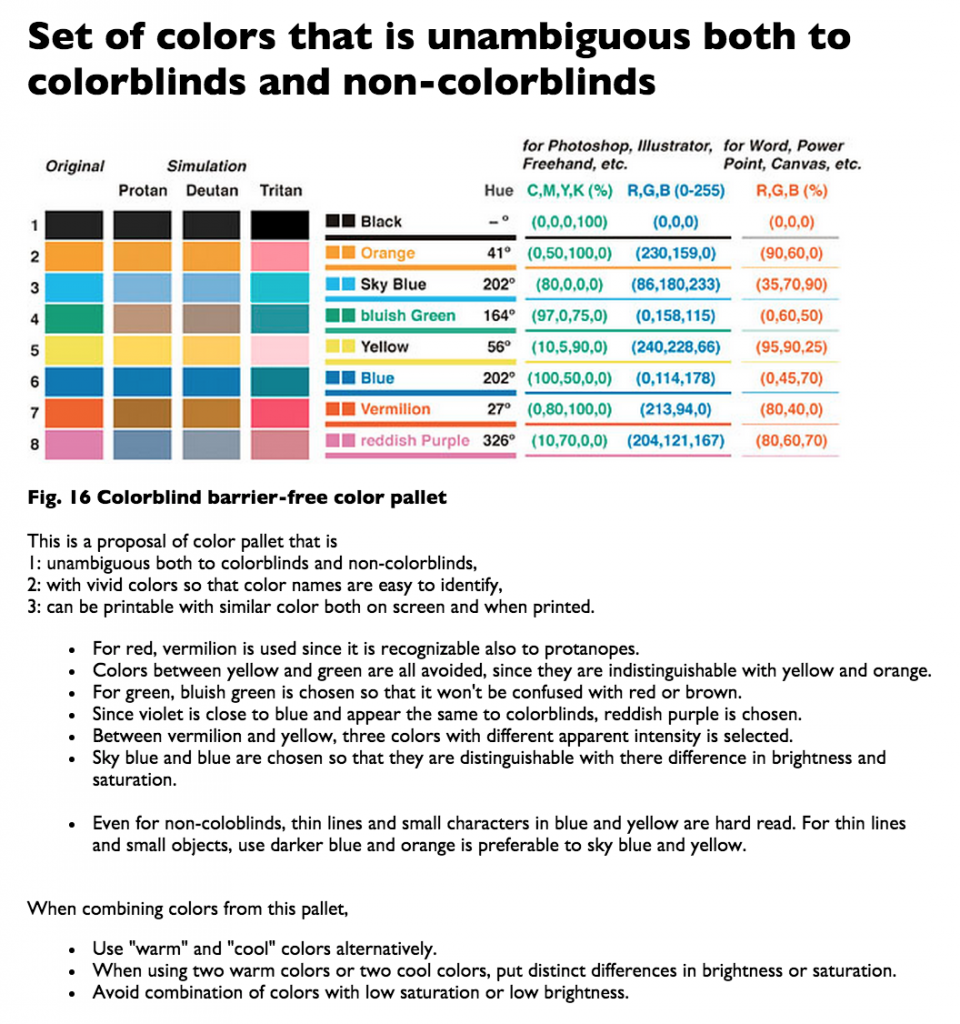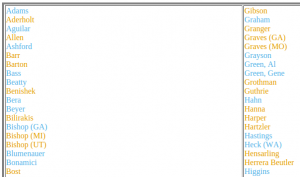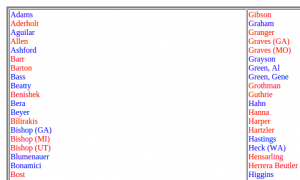Distro.Mic: An Open Source Service for Creating Instant Articles, Google AMP and Apple News Articles
From the post:
Mic is always on the lookout for new ways to reach our audience. When Facebook, Google and Apple announced their own native news experiences, we jumped at the opportunity to publish there.
While setting Mic up on these services, David Björklund realized we needed a common article format that we could use for generating content on any platform. We call this format article-json, and we open-sourced parsers for it.
Article-json got a lot of support from Google and Apple, so we decided to take it a step further. Enter DistroMic. Distro lets anyone transform an HTML article into the format mandated by one of the various platforms.
…
Sigh.
While I applaud the DistroMic work, I am saddened that it was necessary.
From the DistroMic page, here is the same article in three formats:
Apple:
{
“article”: [
{
“text”: “Astronomers just announced the universe might be expanding up to 9% faster than we thought.\n”,
“additions”: [
{
“type”: “link”,
“rangeStart”: 59,
“rangeLength”: 8,
“URL”: “http://hubblesite.org/newscenter/archive/releases/2016/17/text/”
}
],
“inlineTextStyles”: [
{
“rangeStart”: 59,
“rangeLength”: 8,
“textStyle”: “bodyLinkTextStyle”
}
],
“role”: “body”,
“layout”: “bodyLayout”
},
{
“text”: “It’s a surprising insight that could put us one step closer to finally figuring out what the hell dark energy and dark matter are. Or it could mean that we’ve gotten something fundamentally wrong in our understanding of physics, perhaps even poking a hole in Einstein’s theory of gravity.\n”,
“additions”: [
{
“type”: “link”,
“rangeStart”: 98,
“rangeLength”: 28,
“URL”: “http://science.nasa.gov/astrophysics/focus-areas/what-is-dark-energy/”
}
],
“inlineTextStyles”: [
{
“rangeStart”: 98,
“rangeLength”: 28,
“textStyle”: “bodyLinkTextStyle”
}
],
“role”: “body”,
“layout”: “bodyLayout”
},
{
“role”: “container”,
“components”: [
{
“role”: “photo”,
“URL”: “bundle://image-0.jpg”,
“style”: “embedMediaStyle”,
“layout”: “embedMediaLayout”,
“caption”: {
“text”: “Source: \n NASA\n \n”,
“additions”: [
{
“type”: “link”,
“rangeStart”: 13,
“rangeLength”: 4,
“URL”: “http://www.nasa.gov/mission_pages/hubble/hst_young_galaxies_200604.html”
}
],
“inlineTextStyles”: [
{
“rangeStart”: 13,
“rangeLength”: 4,
“textStyle”: “embedCaptionTextStyle”
}
],
“textStyle”: “embedCaptionTextStyle”
}
}
],
“layout”: “embedLayout”,
“style”: “embedStyle”
}
],
“bundlesToUrls”: {
“image-0.jpg”: “http://bit.ly/1UFHdpf”
}
}
Facebook:
<article>
<p>Astronomers just announced the universe might be expanding
<a href=”http://hubblesite.org/newscenter/archive/releases/2016/17/text/”>up to 9%</a> faster than we thought.</p>
<p>It’s a surprising insight that could put us one step closer to finally figuring out what the hell
<a href=”http://science.nasa.gov/astrophysics/focus-areas/what-is-dark-energy/”>
dark energy and dark matter</a> are. Or it could mean that we’ve gotten something fundamentally wrong in our understanding of physics, perhaps even poking a hole in Einstein’s theory of gravity.</p>
<figure data-feedback=”fb:likes,fb:comments”>
<img src=”http://bit.ly/1UFHdpf”></img>
<figcaption><cite>
Source: <a href=”http://www.nasa.gov/mission_pages/hubble/hst_young_
galaxies_200604.html”>NASA</a>
</cite></figcaption>
</figure>
</article>
Google:
<article>
<p>Astronomers just announced the universe might be expanding
<a href=”http://hubblesite.org/newscenter/archive/releases/2016/17/text/”>up to 9%</a> faster than we thought.</p> <p>It’s a surprising insight that could put us one step closer to finally figuring out what the hell
<a href=”http://science.nasa.gov/astrophysics/focus-areas/what-is-dark-energy/”> dark energy and dark matter</a> are. Or it could mean that we’ve gotten something fundamentally wrong in our understanding of physics, perhaps even poking a hole in Einstein’s theory of gravity.</p>
<figure>
<amp-img width=”900″ height=”445″ layout=”responsive” src=”http://bit.ly/1UFHdpf”></amp-img>
<figcaption>Source:
<a href=”http://www.nasa.gov/mission_pages/hubble/hst_young_
galaxies_200604.html”>NASA</a>
</figcaption>
</figure>
</article>
All starting from the same HTML source:
<p>Astronomers just announced the universe might be expanding
<a href=”http://hubblesite.org/newscenter/archive/releases/2016/17/text/”>up to 9%</a> faster than we thought.</p><p>It’s a surprising insight that could put us one step closer to finally figuring out what the hell
<a href=”http://science.nasa.gov/astrophysics/focus-areas/what-is-dark-energy/”>
dark energy and dark matter</a> are. Or it could mean that we’ve gotten something fundamentally wrong in our understanding of physics, perhaps even poking a hole in Einstein’s theory of gravity.</p>
<figure>
<img width=”900″ height=”445″ src=”http://bit.ly/1UFHdpf”>
<figcaption>Source:
<a href=”http://www.nasa.gov/mission_pages/hubble/hst_young_
galaxies_200604.html”>NASA</a>
</figcaption>
</figure>
Three workflows based on what started life in one common format.
Three workflows that have their own bugs and vulnerabilities.
Three workflows that duplicate the capabilities of each other.
Three formats that require different indexing/searching.
This is not the cause of why we can’t have nice things in software, but it certainly is a symptom.
The next time someone proposes a new format for a project, challenge them to demonstrate a value-add over existing formats.








